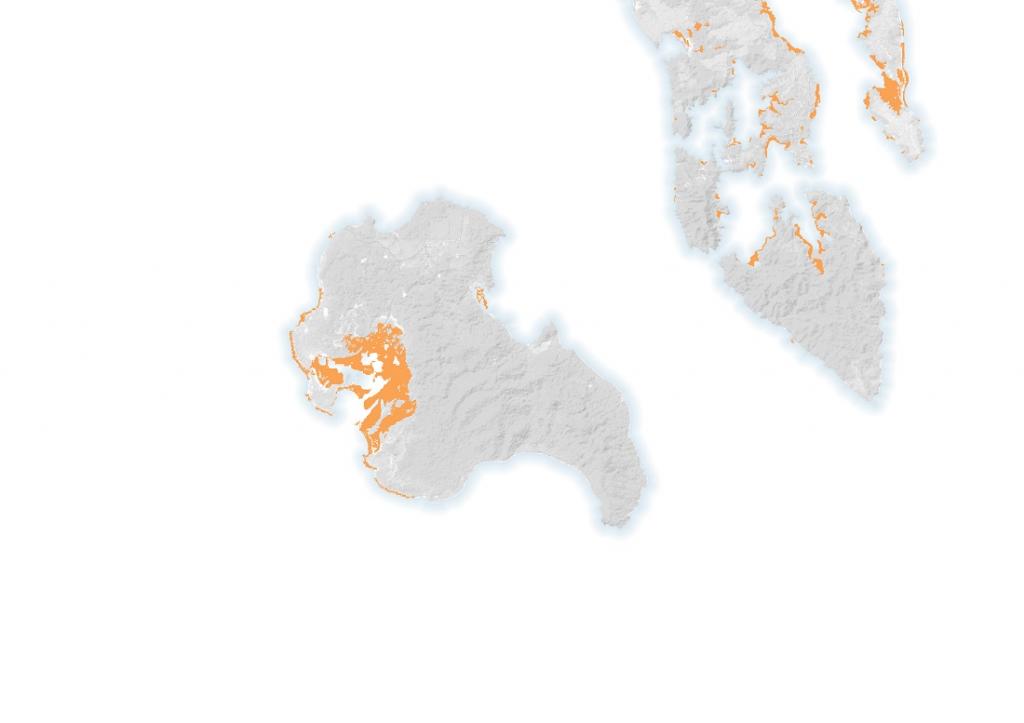Free Courses Sale ends Soon, Get It Now


Free Courses Sale ends Soon, Get It Now



Copyright infringement is not intended
Context: The United States National Aeronautics and Space Administration (NASA) recently highlighted the loss of mangrove cover on Katchal island, a part of India’s Nicobar archipelago. The orange portion shows the area where mangrove cover was lost
More on the news:
What is a mangrove?
Why mangroves matter?
What are some of the special features of mangroves?
How do mangrove forests help protect against strong cyclones?
What are the other benefits to the environment?
Where are mangrove ecosystems found?
In India:
What are the threats to mangroves?
© 2024 iasgyan. All right reserved